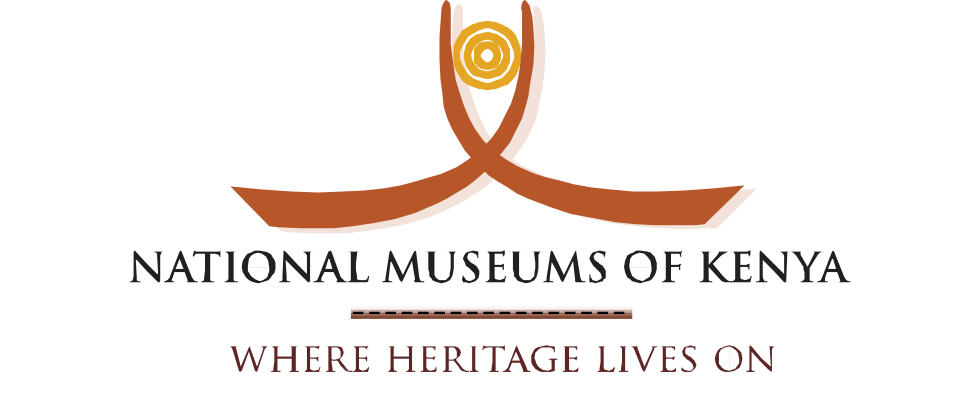Kabarnet Museum was initiated to feature the Rift Valley people, their culture, its environment, indigenous knowledge and science for education. Located in Kabarnet town, opposite Visa Oshwal Primary School. It is in Baringo County and approximately 265-km northwest of Nairobi County.
The exhibits features are especially on the culture of the Keiyo, Marakwet, Samburu, Pokot, Nandi and Kipsigis. In addition, the Museum show cases an overview of the history of the County, from pre-colonial, colonial and post-independence era are on display. The homesteads and park provides visitors with attractive outdoor scenes.
The mission of Kabarnet Museum is to promote the conservation and sustainable utilization of national heritage through generation, documentation and dissemination of research and collection management knowledge, information and innovations.
The functions of Kabarnet Museum are;
- Heritage Promotion, Collection and Documentation through the collections of Natural History and Cultural/History/Musicological.
- To undertakes research based on cultural and natural history in various fields as well as research in biomedical and bio- conservation in collaboration with other research and development institutions.
- To preserve/conserve all its collections which range from tangible to intangible, move and immovable, in-situ and ex-situ.
- To dissemination the information generated from research and collections and presents the same to the public for the purpose of raising awareness and learning amongst the general population through exhibitions, education programs and other multimedia channels.
The Kabarnet museum opened its doors to the public in 1996. The museums is located in the former District Commissioner Residence and has two main public galleries featuring the Rift Valley people, their culture, its environment, indigenous knowledge and science for education.
The main attractions to the Museum include;
- Cultural exhibits of the Tugen, Ilchamus, Pokot, and Keiyo communities
- Live exhibits of reptiles such as Nile crocodiles, tortoise and snakes
- Children’s playground with swings and slides where children can have fun, spend free time and help them develop important skills.
- Education Hall with educational materials where visitors watch films and shows of themed exhibits about culture, environment, wildlife etc.
In addition, the Museum has indigenous tree species with a lifespan of over 100 years. The trees are habitat for different bird species and provide visitors with natural attractive outdoor scenes.
The Kabarnet Museum is located in close proximity to the following tourist attraction sites;
- Tugen Hills (0.7529°N 35.8749°E): It comprise of a sequence of hills raising over 2300m above sea level. The hills are mainly forested and most of the trees are indigenous plant species and it is a significant water catchment for Lake Baringo, Lake Bogoria and Kerio Valley. In the Tugen Hills, we have the Kipsaraman Fossil Site, an important paleontological and archeological site. The fossil site covers an area of approximately 1km² and lies on the western side of the Tugen Hills at 005ºN, 35º50’E at an altitude of 1840-1940 meters above sea level.
- Lake Bogoria National Reserve (0.2550°N, 36.0997°E): This reserve an Important Bird Area (IBA) and a UNESCO World Heritage site. The lake has hot geysers and the reserve covers 107km² and is home to last remaining populations of Kenya’s relatively uncommon greater kudu, buffalos, zebras, leopards, cheetahs, baboons, warthogs, caracals, spotted hyenas, impalas etc.
- Lake Baringo (0.6321°N, 36.0567°E). This lake is an Important Bird Area (IBA), a bird sanctuary and also re-known as an ornithologist paradise with more than 470 bird species records in a single visit. It has a surface area of about 108 km² at an altitude of 1,000 m above sea level with dazzling wildlife including crocodiles, hippos, numerous other mammals, invertebrates, reptiles, and freshwater fish.
- Kerio Valley: The valley lies between the Tugen Hills and the Elgeyo escarpment at an elevation of 1,000 meters. At the base of the valley is the Cheploch Gorge, a stopover at the border of Baringo and Elgeyo-Marakwet counties. The gorge is 70 meters deep and is infested by Nile crocodiles. Here, the local youth amuse visitors by jumping into the 70-metre deep crocodile-infested gorge. Another attraction here is the breathtaking Torok waterfalls, 200 meters in height and is accessible only by foot. Here, the visitors can take a 10km guided walk in the southern Kerio Valley with a local guide through the spectacular, unspoiled countryside of Elgeyo Marakwet County, rich in tropical vegetation, wildlife and local culture.
Contact:
The Curator, Kabarnet Museum
P.O.Box 419,
Kabarnet.
Tel: +254722868772
Email: lamwanda@museums.or.ke
